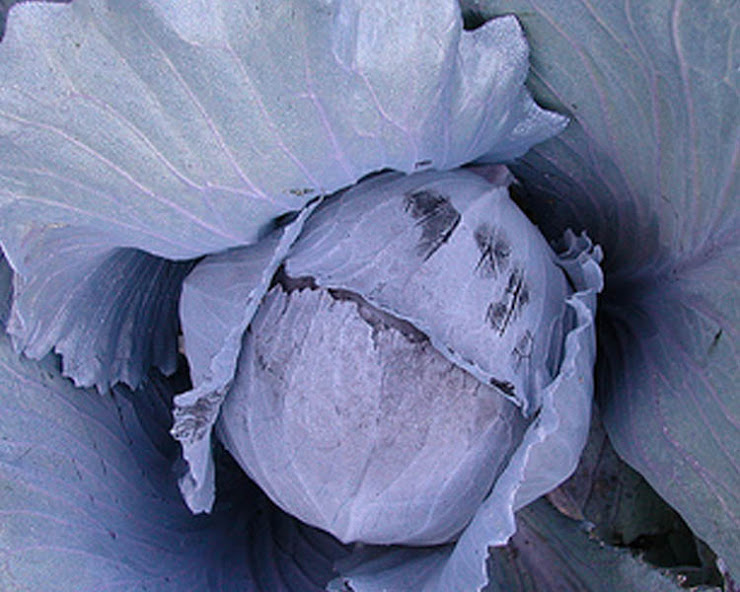 The great willow experiment is now in phase 2, with great success. The sweet bay laurel and rosemary cuttings have been transferred to a more permanent home. The cuttings sat in the kitchen window marinating in a hormonal tea created using the heart wood from a branch of a willow tree. The picture on the left illustrates the hearty growth of the roots from one of the jars of rosemary cuttings. During the first stage of rooting a slimy clump can be seen at the base of the cuttings, it is from this goo that the roots start emerging, demonstrated by the bay on the right.
The great willow experiment is now in phase 2, with great success. The sweet bay laurel and rosemary cuttings have been transferred to a more permanent home. The cuttings sat in the kitchen window marinating in a hormonal tea created using the heart wood from a branch of a willow tree. The picture on the left illustrates the hearty growth of the roots from one of the jars of rosemary cuttings. During the first stage of rooting a slimy clump can be seen at the base of the cuttings, it is from this goo that the roots start emerging, demonstrated by the bay on the right.My impatience for dirty fingers, spring fever and a snow storm yesterday brewed up the perfect situation for transplanting the cuttings. I used a seed starting mix with beneficial bacteria and fungi add to facilitate strong growth. When transplanting any plant, make sure that you have all the supplies readily at hand. I soak the planting medium in warm water for about an hour before starting to make sure that the root fibers have a ready supply of water as soon as they are plucked from the jar. Make sure you have enough pots for the cuttings and you are ready to go!
Each cutting with attached root goo and root fibers are carefully lifted out of the jar and gently placed in a 3" pot filled with medium 1" from the top. When transplanting these tender babies, carefully lay the root fibers in a hole you have made in the medium trying not to tangle or break them. Then carefully fill in the hole and press gently to make sure there is good contact between the root fibers and the medium. Then pour a bit of the willow water into the pot. Using a tray under the pots to catch any water will make for a hassle free indoor garden. To further pamper your new plants, you can create the perfect conditions for strong root growth by using a heating mat to keep the root zone toasty warm.
When starting any new plantings in the house during the cold winter months, make sure that you check on them at least every other day, they will be happy to see you. Your biggest concern will be watering, keep them damp, but don't drown them by leaving the tender roots to wallow in water.









